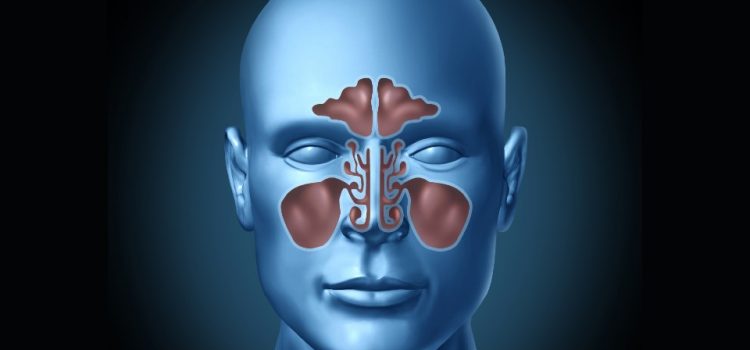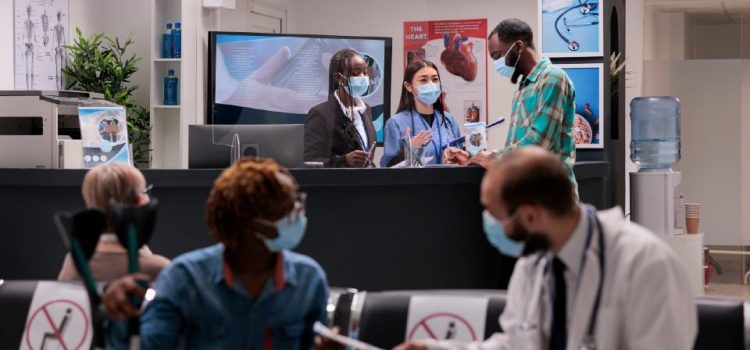Urgent message: Approximately one quarter of pediatric ambulatory visits result in antibiotic prescriptions, with over one third of those exceeding guideline-recommended durations. Factors that influence urgent care providers toward longer durations have not been studied previously. Megan Hamner, MD; Amanda Nedved, MD; Holly Austin, MD; Donna Wyly, RN, MSN, CPNP-AC, PPCNP-BC; Alaina Burns, PharmD, BCPPS; Brian Lee, PhD, MPH; and Rana E. El Feghaly MD, MSCI Citation: Hamner M, Nedved A, Austin H, Wyly D, …
Read More









